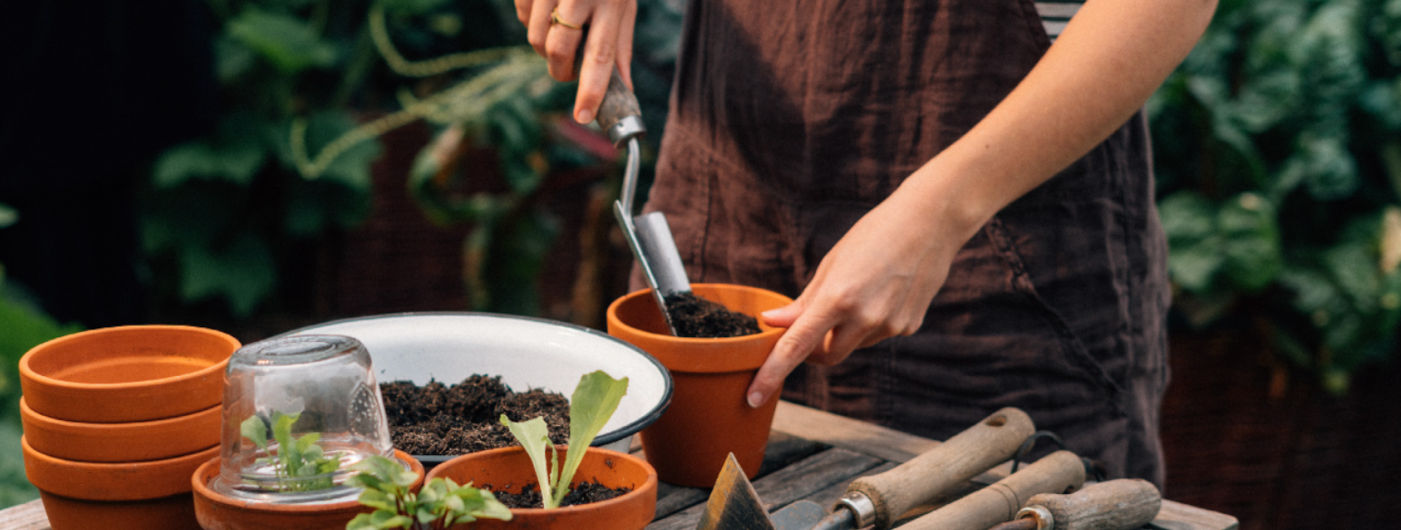Pumpkins
In this category you will find seeds to grow your own pumpkins and squashes, which are particularly easy to cultivate and therefore an ideal testing ground for newbie gardeners, with little experience under their belts. However, pumpkins and squashes need to be cultivated on very nutrient-rich, humus soils, which will absorb warmth well and yet also have good water retention properties.
The ‘Cucurbitaceae’ family originates - like so many vegetable plants - from Central-, and South America. Some domesticated pumpkin seeds from these regions have even been successfully backdated to 8000-10000 BC, which positions cucurbitaceae plants among the oldest cultivated crops. In Central Europe however, pumpkins and squashes only recently have risen in their popularity again.
The increasing celebration of the American festivity ‘Halloween’ and its highly popular ritual of pumpkin carving, probably moved them back to our attention.
Fortunately, this opened a door for the rediscovery of the five different species for pumpkin/squash cultivars: ‘Curcubita pepo’ refer to summer squashes/pumpkins and winter squashes/pumpkins, such as courgettes, marrows, spaghetti squashes, gem squashes amongst others. ‘Curcubita maxima’ or giant pumpkins include for example the striking looking ‘Turk’s turban’. ‘Curcubita moschata’ include the popular butternut squash and some amusing looking crookneck varieties. ‘Cucurbita ficifolia’ are known under many English names such as: black-seed squash, cidra, fig-leaf gourd, Malabar gourd, pie melon, sidra or Thai marrow and last but not least ‘Curcubita argyrosperma’ are also often referred to as silver-seed gourd, Japanese pie pumpkin, pipian and cushaw pumpkin. In terms of shapes and colours, pumpkin and squash varieties nearly seem to have reached a state of uncountable diversity. Interestingly, pumpkins and squashes were at first purely cultivated for oil extraction from their seeds and not for food consumption.
